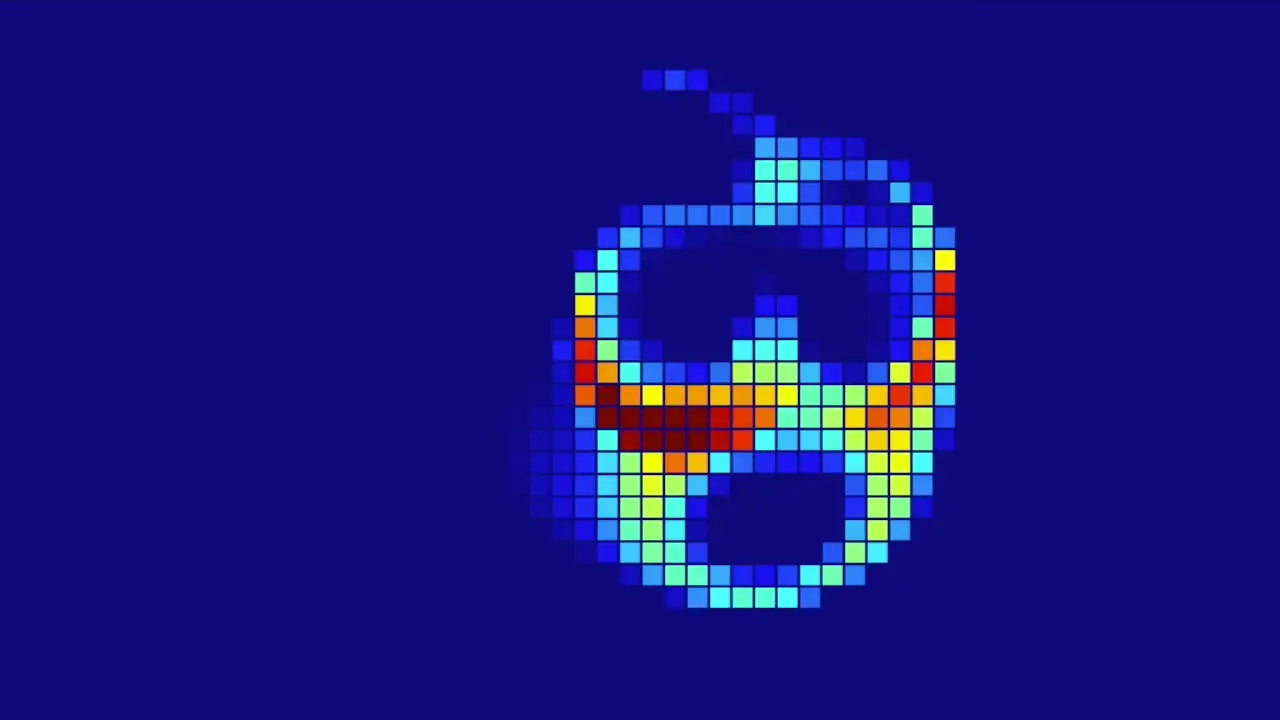Imagine a world where simple mathematical rules give rise to complex virtual life forms, a bit like a digital garden burgeoning with new species.
This is the fascinating world of Lenia.
Lenia is like a sophisticated evolution of Conway's famous Game of Life, where virtual cells obey simple rules to create dynamic patterns.
But Lenia goes further.
Here, we are no longer talking about dead or living cells, but about a spectrum of values allowing incredible flexibility and complexity.
Each “cell” can take a continuous value, adding an additional dimension to the simulation possibilities. This characteristic allows the emergence of forms and behaviors of a diversity that is strangely reminiscent of real life forms. Imagine virtual creatures, floating in a digital space, evolving and interacting according to simple but powerful laws.
The beauty of Lenia lies in her approach to artificial life.
We do not seek to imitate life as we know it, but rather to explore how complexity can emerge from simplicity. It is a virtual laboratory where we can observe the birth of order from chaos.
It is a valuable tool for scientists and researchers.
With Lenia we can study phenomena such as self-organization, nonlinear dynamics and complex systems.
It is a window into a world where the fundamental laws of biology and chemistry can be reimagined and reinterpreted.
Lenia also represents fertile ground for artificial intelligence and machine learning. By adapting machine learning techniques, researchers can explore this immense virtual space, discovering new and surprising forms of digital life.
It's a perfect illustration of how technology can expand the boundaries of our imagination.
Personally, I find that Lenia offers a new and exciting perspective on what life could be like in a fully digital context. It's a reminder that the complexity and beauty of nature can be captured and even expanded in the virtual world. And who knows, maybe Lenia teaches us something fundamental about the nature of life itself.



Share: